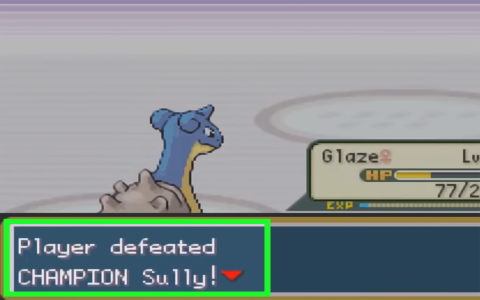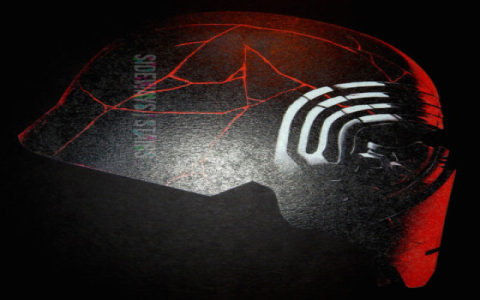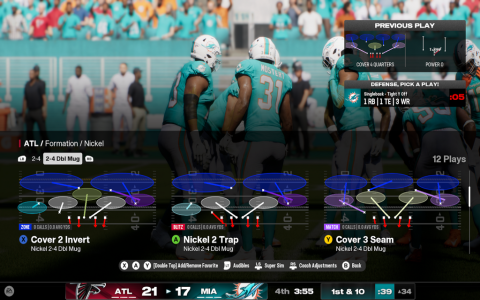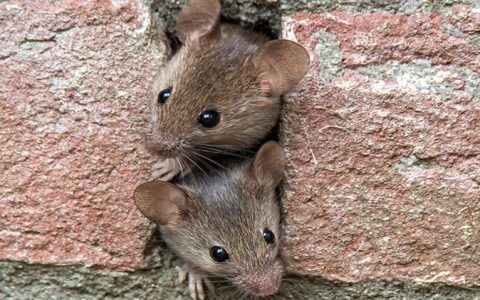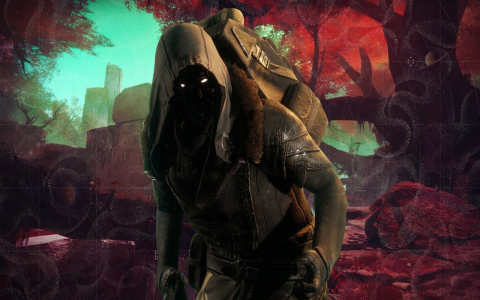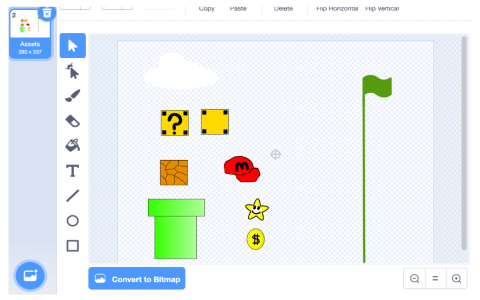Alright folks, grab a coffee, ’cause this one comes from a close call I had last spring. Almost ended my hiking trip early with a bad case of “what was that berry?” Man, it shook me. So I decided, right then, to really nail down how to tell the good stuff from the nasty stuff. No fancy degrees here, just hard knocks and careful looking.
Why I Even Started This Mess
We were deep in the woods, feeling all adventurous, when my buddy spots these shiny red berries. Looked kinda like little apples, super tempting. “Looks fine!” he says. Me, being the “research later” guy, almost popped one. Thank god some tiny alarm bell rang. Got home later, dug around online, turns out it was probably Baneberry – nasty stuff, stops your heart. That was it. Time to get smart.
Getting My Tools Straight
First thing? I dumped the “that looks kinda like” method. Pure rubbish. Went down to the library – yeah, the actual building with books – and grabbed three different field guides. Made sure they had big, clear pictures, not just drawings. Also snagged one of those fold-out pocket charts with the shiny plastic berries and mushrooms printed on it. Threw it in my backpack. Next, a good magnifying glass. Tiny details matter big time.
My Learn-The-Hard-Way Process
Started simple. I picked ONE thing: wild strawberries. Familiar, supposed to be safe-ish. Went out back where I knew some grew.
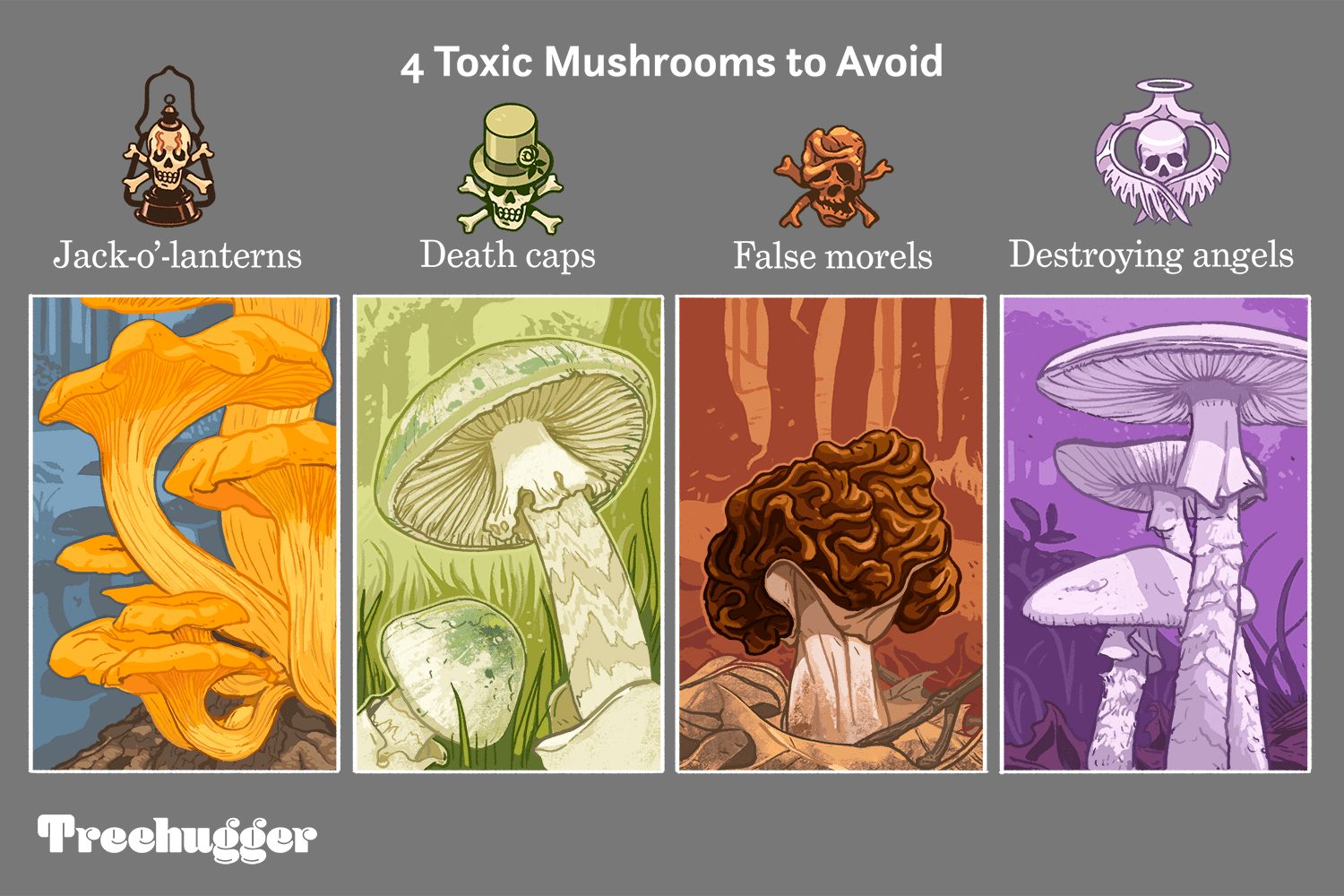
- Looked close: Turned the leaf over – hairy? Yep, good sign. Counted the petals. Five? Check.
- Sniffed it: Smelled like… strawberry? Good.
- Double-checked evil twins: Mock Strawberries were the troublemakers. Squished one – white inside, not red like the real deal. Mock ones have yellow flowers, mine had white. Started building that checklist in my head.
Moved on to mushrooms. Way harder. Found a group that looked like chanterelles. Golden, trumpet shape. Did the checklist:
- Underside: Fake gills? Good, chanterelles have ridges, not true gills.
- Color: Solid gold? Jack-o’-lanterns go orange-brown and glow (weird, right?). Mine stayed gold.
- Stem: Solid? Not hollow? Check.
- Smell: Sweet, kinda fruity? Chanterelle smell! Yes!
Still, I was nervous. So I did the “spore print” thing right in my kitchen. Cut the cap off, put it gill-side down on white paper, covered it with a bowl overnight. Next morning, perfect pale yellow print. Matched the guide exactly. THAT made me feel okay to cook a tiny bit.
Stuff I Screwed Up & Learned From
Oh yeah, mistakes happened. Saw some dark blue berries, looked kinda like blueberries. Got excited. But hold up – the stem was wrong. True blueberries have little crowns on the end, these were smooth. Turns out, they were… probably Buckthorn? Gives you the runs something fierce. Glad I hesitated. Another time, almost confused Wild Garlic (safe, smells oniony) with Star of Bethlehem bulbs (poisonous). Big difference? Wild Garlic has that strong onion scent when you crush the leaf. No smell? Leave it.
What Sticks With Me Now
Here’s my hard-earned top takeaways:
- Never trust “looks like”. Seriously. Just don’t.
- Carry more than one book. Pictures lie sometimes. Triple-check.
- Check EVERY feature. Top, bottom, stem, smell, where it’s growing (on wood? ground?). Don’t skip steps.
- Doubt is your friend. If anything feels off, even tiny? Don’t eat it. Period.
- Learn the dead ringers. Know the absolute worst ones in your area by heart. That Baneberry? Won’t fool me again.
It ain’t fast food. Takes time staring at plants. But man, biting into a tart raspberry you found, or frying up mushrooms you ID’d yourself? That feeling beats store-bought any day. Stay safe out there.
